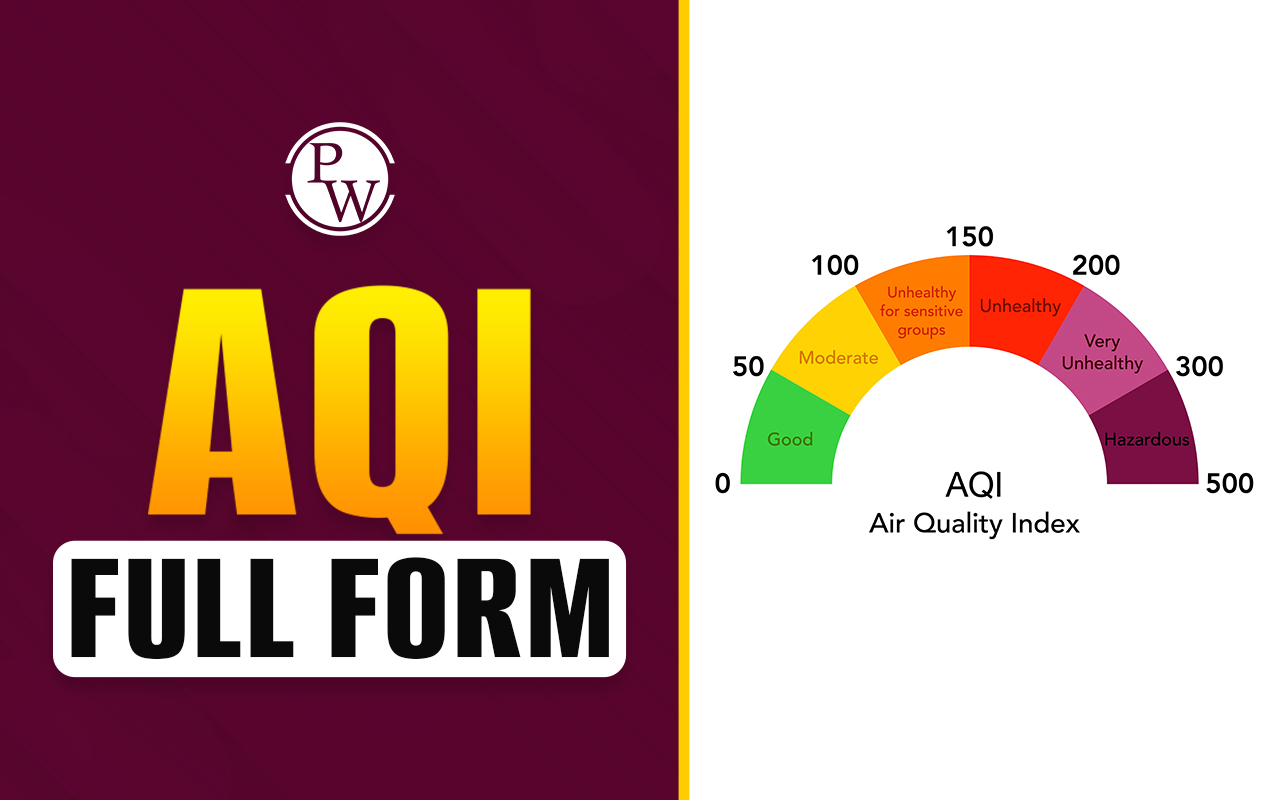
AM PM Full Form is one of the two most common words used in our daily lives. The whole day of 24 hours is divided into two; that is, one day is called daytime, and the other is nighttime. This is called AM-PM. All Latin words named herein refer to AM as Ante Meridiem, which means "before midday" or "before noon", midnight (12:00 AM) to moments before noon (11:59 AM). PM means Post Meridiem, which means "after midday" or "after noon," commencing with noon (12:00 PM) to the moment before midnight (11:59 PM).
AM Full Form Meaning
AM stands for Ante Meridiem, a Latin phrase meaning "before midday" or "before noon." It represents the time period from midnight (12:00 AM) to just before noon (11:59 AM). In the 12-hour clock system, AM denotes the first half of the day when the sun has not yet crossed the meridian line, marking morning hours.
-
Ante means "before"
-
Meridiem means "midday" or "noon"
PM Full Form Meaning
PM stands for Post Meridiem, also a Latin phrase meaning "after midday" or "afternoon." It covers the period from 12:00 noon (12:00 PM) to just before midnight (11:59 PM). In the 12-hour clock system, PM denotes the second half of the day after the sun has crossed the meridian line.
-
Post means "after"
-
Meridiem means "midday" or "noon"
What is AM PM Difference?
The time system is divided into 12 hours, and the date is divided into two parts of 12 hours each, known as AM and PM. AM means Ante Meridiem (the first section of a 24-hour' day that literally means before midday): it starts from midnight (12:00 AM) and ends almost at midday (11:59 AM).
PM is the vocabulary of Post Meridiem (the second part of the day, which, in literal terms, means 'after midday' or 'afternoon'), from noon (12:00 PM) to the limit just before midnight (11:59 PM).
The numbers, from 1 to 12, are the same on either half of the divided day; thus, AM and PM refer to the part of the day to which an hour indicated applies.
Accordingly, the case is that "12" signifies either noon or midnight, or 12:00 A.M., which is then what could be termed as midnight of the day or the starting day.
| AM PM Difference | ||
|
Aspect |
AM (Ante Meridiem) |
PM (Post Meridiem) |
|
Meaning |
Before midday (before noon) |
After midday (after noon) |
|
Time period |
12:00 midnight – 11:59 AM |
12:00 noon – 11:59 PM |
|
Time of day |
Early morning to just before noon |
Afternoon to just before midnight |
|
Example |
5:00 AM (morning) |
5:00 PM (evening) |
How to Read AM and PM Time?
Understanding how to read a.m. and p.m. times on digital clocks needs a brief explanation. You must know how the 12-hour clock system works, which is divided into two equal parts.
-
A.M- Ante Meridiem. Midnight (12:00 a.m.) until before noon (11:59 a.m.) falls under this category of hours. The reference for this comes in the morning hours.
-
P.M- Post Meridiem includes time from noon (12:00 p.m.) until just before midnight (11:59 p.m.), commonly referred to as the afternoon/evening.
These digital clocks show hours, minutes, and seconds, and just like the indication of A.M. and P.M. on them, they can capture this display. Thus, if stated in a digital clock, 7:30 A.M. actually means 7:30 in the evening when viewed under P.M.
Most of the digital clocks, too, have a dot which shows that they are capturing the time when it is PM; however, such a dot could not usually indicate those times when it is A.M. This makes easy recognition of AM time from the PM time possible, especially when the clocks only display time in such a manner in the 12-hour format. Some also have the capability of switching formats between 12 and 24 hours.
AM PM vs 24-hour clock
While the possibility of time being shown, two different formats are AM and PM systems are basically two: the twelve-hour and the twenty-four-hour clock system.
AM and PM (12-Hour Clock System):
Generally, the hour is conventionally divided into two and is equal into two: both halves are 12 hours, so that altogether, the day can be divided into two halves of the 12-hour clock.
- AM is short for Ante Meridiem, which means "before noon." The time from midnight (12:00 AM) to just before noon (11:59 AM) is defined by this period.
-
PM (Post Meridiem) means 'after noon' or includes the time from noon (12:00 PM) to just before midnight (11:59 PM).
In this system, each number hour is repeated twice- once in the morning, the other in the evening. This system creates such confusion with 12:00, where 12:00 AM means midnight and 12:00 PM means noon.
24-Hour Clock System
Time had always been a distinguishable and clear value written for all in a single 24-hour clock from 00:00 to 23:59 in one full day. 01:00 is registered with 1 AM, whereas 1 PM would be registered in this format as 13:00, and so on.
|
12 Hour clock and 24 Hour Clock |
||
|
Feature |
12-Hour (AM/PM) |
24-Hour Clock |
|
Format |
Two 12-hour cycles per day |
One continuous 24-hour day |
|
Indicators |
AM (midnight-noon), PM (noon-midnight) |
No AM/PM, hours from 00 to 23 |
|
Common Usage |
Everyday life, analog clocks |
Military, aviation, hospitals, digital clocks |
|
Ambiguity |
Possible with 12:00 (midnight/noon) |
No ambiguity in time |
|
Example |
7:00 AM, 7:00 PM |
07:00, 19:00 |
AM PM Full Form in Hindi
AM और PM का फुल फॉर्म हिंदी में इस प्रकार है:
-
AM का पूरा नाम है "Ante Meridiem" जिसका अर्थ होता है "दोपहर से पहले" या "मध्य रात्रि से दोपहर तक"। यह समय सुबह 12 बजे से दोपहर 12 बजे तक का होता है।
-
PM का पूरा नाम है "Post Meridiem" जिसका अर्थ है "दोपहर के बाद" या "दोपहर से मध्यरात्रि तक"। ये समय दोपहर 12 बजे से रात 12 बजे तक होता है।
-
AM और PM का उपयोग 12-घंटे के समय प्रणाली में सुबह और शाम के समय को अलग-अलग दर्शाने के लिए किया जाता है। इससे समय समझने में स्पष्टता रहती है।
AM stands for Ante Meridiem, meaning "before midday," and covers the time from midnight to just before noon. PM stands for Post Meridiem, meaning "after midday," and covers the time from noon to just before midnight. These clear definitions make it easy to tell morning from evening. Knowing this helps people plan their day better and avoid confusion when dealing with time.
AM PM Full Form FAQs
What do AM and PM stand for?
What is the abbreviation meaning of AM and PM?
Why use AM and PM?










